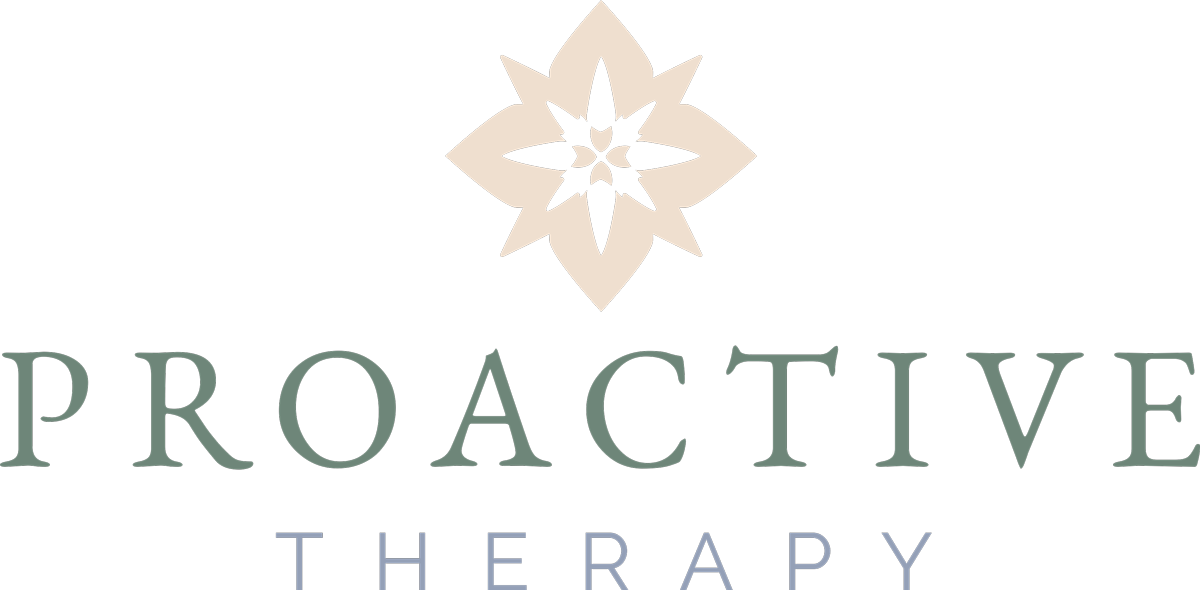Breaking Free from Destructive Habits
By Lindan Lawson, LCSW
Most of my clients feel stuck in unworkable patterns. “I can’t stop worrying!” “I keep doing [insert destructive habit here].” “I feel like I’m at my emotional limit!” At the end of our work together, my clients are often surprised to find that one of the tools they find most helpful looks a lot like doing absolutely nothing. I am referring to the mindfulness technique of Observing. It is the practice of noticing what is happening in the present moment, both externally (e.g. sights, sounds, etc.) and internally (e.g. thoughts, feelings, urges, emotions, physical sensations, etc.). It is essentially bringing our awareness to the present moment and taking in data through the senses. We Observe with our full attention and without judgement.
It is easier to understand Observing when we contrast this skill with our default mode of operation. Our brains are constantly thinking, planning, analyzing, rehearsing, fantasizing, remembering, ruminating, on and on. We tend to go through the world lost in a trance of thinking and acting on autopilot. Often, we do not even see these thoughts as thoughts, we see them as the truth! We end up getting hooked by whatever story the mind is telling, our emotions are triggered accordingly, and we react in habitual ways that end up creating more problems. Take this example: You are packing your kids’ lunches while they have breakfast at the kitchen table. Your mind is thinking about how poorly your staff meeting will go today, your anxiety starts to rise, as does your irritation about your children bickering, and you end up snapping at them.
Observing provides a moment to pause and step out of this mode. We can get curious about what’s happening in the room and how we are reacting to it. When we step back and observe in this manner, we don’t feel so entangled with our thoughts and feelings; we can hold them loosely in awareness and use our inner wisdom to reflect on them. “What’s here? What’s on my mind? What are my urges and emotions? Are they helpful?”
Research shows that taking in accurate information through our senses helps make desired changes. It becomes possible to pause and realize, “I’m starting to lose it here!” This pause creates the space for our wisdom to come through. It becomes possible choose a wise response
rather than reacting. Essentially, Observing is like sitting in the audience at a play and watching what’s happening on stage rather than being on stage in the middle of the drama. You might say, “I notice my mind wandering to work. I notice the thought that the boss will be angry about my presentation. I notice anxiety and irritation. I notice the urge to yell. It would be helpful to take a deep breath.” There is no need to judge or banish any thoughts and feelings. When Observing, we don’t label anything we find as “bad” because this judgement just fuels reactivity and makes us less receptive to information. Simply Observing and naming what is arising moment to moment helps us get the distance we need to use it as data.
Like anything else, Observing is something that must be practiced and cultivated. Any moment can be an opportunity for Observing; however, it is easier to begin practicing in situations that are less emotionally charged and then work our way up to the big stuff. That hardest part is to remember to wake up to the present moment. Our minds love to pull us back into the trance. I usually encourage my clients to set phone reminders to “check in” with themselves or use daily habits as a cue to practice, such as Observing each time you get a glass of water. With persistence and practice we can become better able to notice our thoughts and emotions, without getting hijacked by them! The end result is the ability to act in accordance with our values and create a meaningful life.

